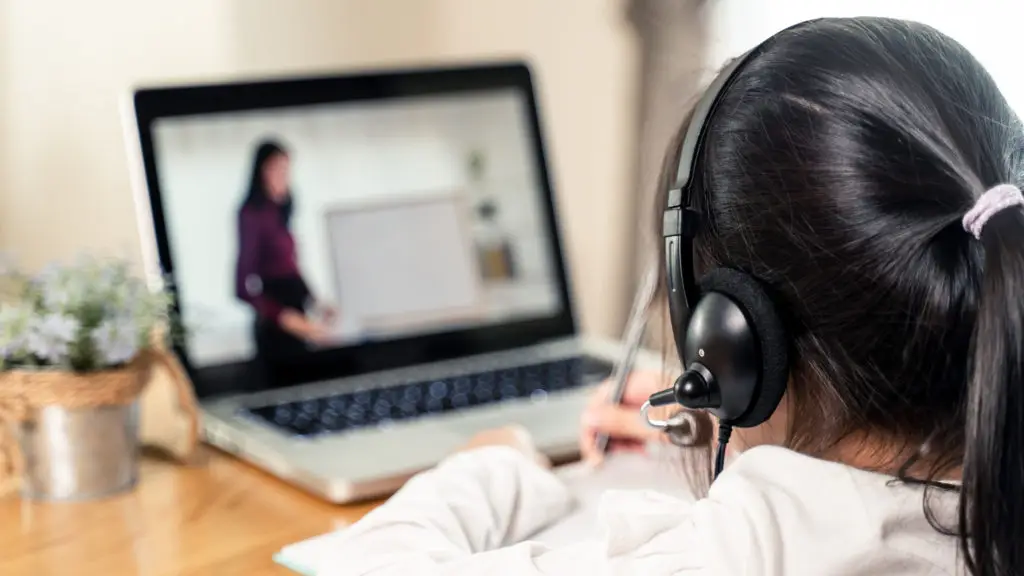In many school systems, the 2020-21 academic year was thrown off course before it even started. Large urban districts made a rapid shift to all-remote learning when the COVID case counts started climbing in late summer.
In the months since, labor strife, health fears, legal battles and technology glitches have dominated the headlines. In a global pandemic, the best-laid plans can quickly fall apart.
But students and educators need not weather a rocky return to school. Districts across the country have devised new ways of supporting students, connecting with families and measuring progress despite the disruptions caused by the pandemic.
Some of these innovations hold promise not just of helping school systems manage this crisis but also of producing lasting improvements in public education.
This summer, the Center on Reinventing Public Education partnered with the Collaborative for Student Success to convene experts in fields such as school system leadership, disaster response, public health and family engagement. They analyzed reopening plans in a diverse group of 20 school districts.
This week, we’re publishing a brief outlining some of the most promising practices our experts identified. Here are a few of the highlights.
Communicating what counts
Our expert panel praised districts like Baltimore City Public Schools for grounding their plans in clear principles. The district committed to ensuring health and safety, accelerating learning so all students can keep learning on grade level and maintaining continuous improvement.
Stating these values clearly, and allowing them to shape every aspect of its plan, helps ensure that leaders won’t lose sight of their North Star — including a strong commitment to equity — when they make inevitable course corrections throughout the school year.
The district also detailed how it’s revamping its budget and using its share of Maryland’s federal CARES Act funds.
As education consultant Dale Chu noted in his review of Baltimore City’s plan, this could help the district make a more compelling case for additional state and federal fiscal help in the future. He wrote: “At a time when states and districts have been understandably asking for more federal assistance, they would do well to follow Baltimore City’s lead in maximizing transparency and therefore providing confidence that existing dollars have been well utilized.”
Removing barriers to learning
Our expert reviewers noted several efforts to address barriers to learning that other districts should emulate.
Guilford County, North Carolina, launched an especially strong effort to ensure that all students have access to technology they need.
The district purchased enough devices to make sure all of its more than 70,000 students, as well as teachers and instructional staff, have a computer or tablet. It is also deploying 125 “smart buses” to bring wireless internet to high-need communities, distributing 3,500 mobile hotspots and working with the city of High Point to offer broadband connections at community centers and other municipal buildings.
Guilford County also offers cost-free learning centers in targeted areas where students can receive in-person support and supervision.
Kansas City Public Schools is working with other agencies to address potential learning barriers. The Justice in Schools program is a partnership among the district, Legal Aid for Western Missouri and the local public health agency to help students and families overcome pandemic-fueled crises like eviction, foreclosure and job loss that can disrupt students’ lives and hurt their learning.
The district is also partnering with the city’s parks and recreation department and the local Boys and Girls Clubs to provide free, high-quality child care to families and staff with school-age children.
Meeting individual needs, measuring individual progress
The San Antonio Integrated School District is responding to the learning loss experienced by many children with a comprehensive strategy to help students and teachers identify individual learning needs. The district is using data on student engagement and fall assessment results to help teachers develop individualized support plans for each student.
The district created an app that allows teachers and staff to track students’ adult interactions, homework assignments and class participation. Any teacher who works with a student can see what progress that student is making and whether additional help is needed.
Maryland’s Prince George’s County lays out a detailed plan to assess where every student stands in each core academic subject as they return to school this fall, as well as in English and math during each academic quarter and how teachers can use assessment results to give those students individual support.
The district also plans to screen students in kindergarten through second grade for any missing building blocks of critical literacy and language skills, so teachers can ensure that every child learns to read.
Reviewer Rebecca Shah, a fellow with Chiefs for Change, noted that accurately measuring students’ academic progress has never been more important, as parents worry that their children may have lost ground while school was interrupted this spring.
“Prince George’s plan to measure student learning needs consistently across the district was unique among the plans we reviewed and will support educators in tailoring instruction for each student this school year,” she wrote.
Looking ahead
This may be the most difficult year our nation’s public schools have ever faced. As districts continue to hone their approaches, our goal is to elevate strong practices like the ones our expert reviewers identified. As thoughtful leaders innovate and improve the ways they support students, families and teachers in the year ahead, many will likely prove valuable to continue even beyond the pandemic response.
This piece originally appeared in The 74.





